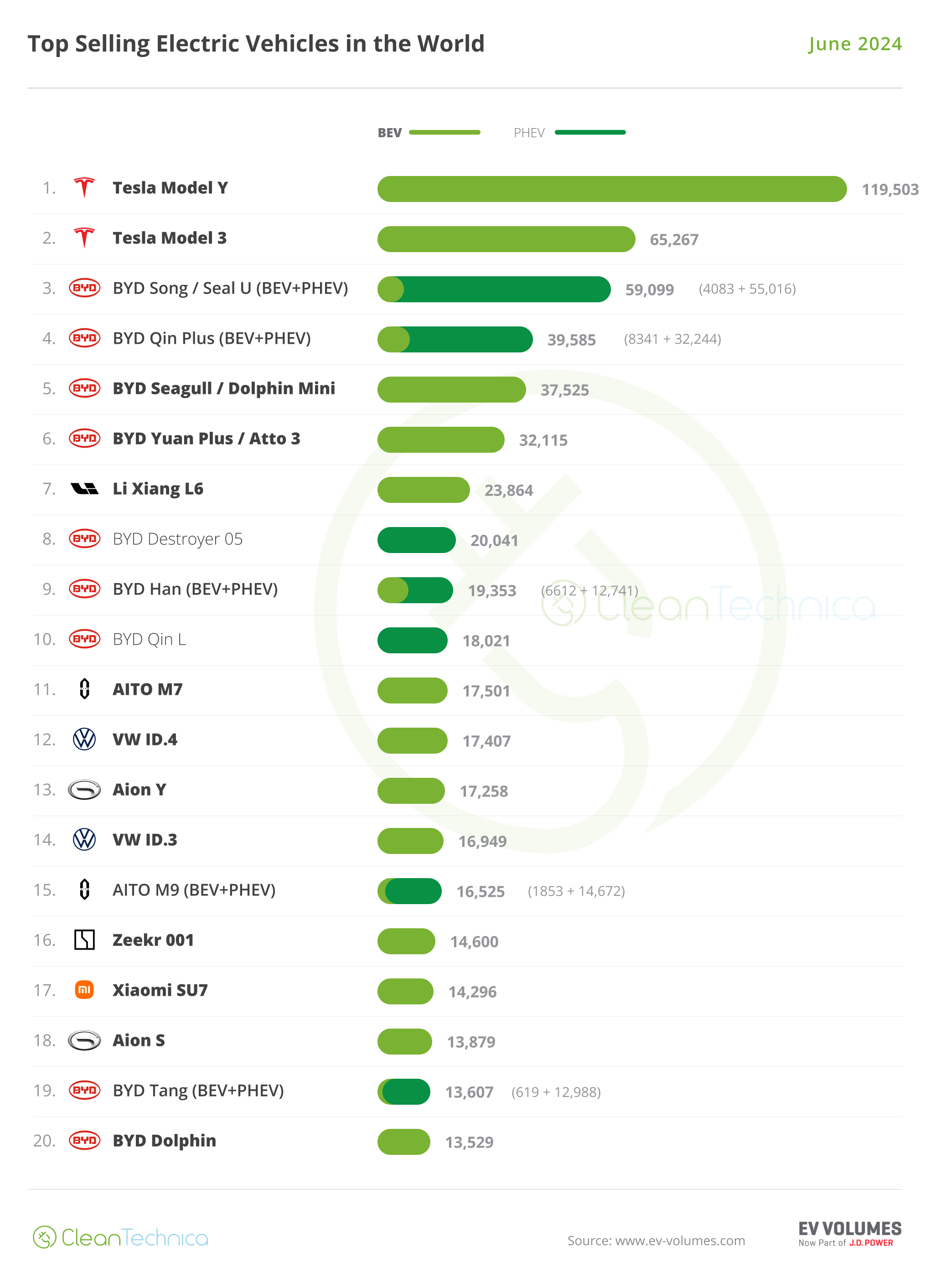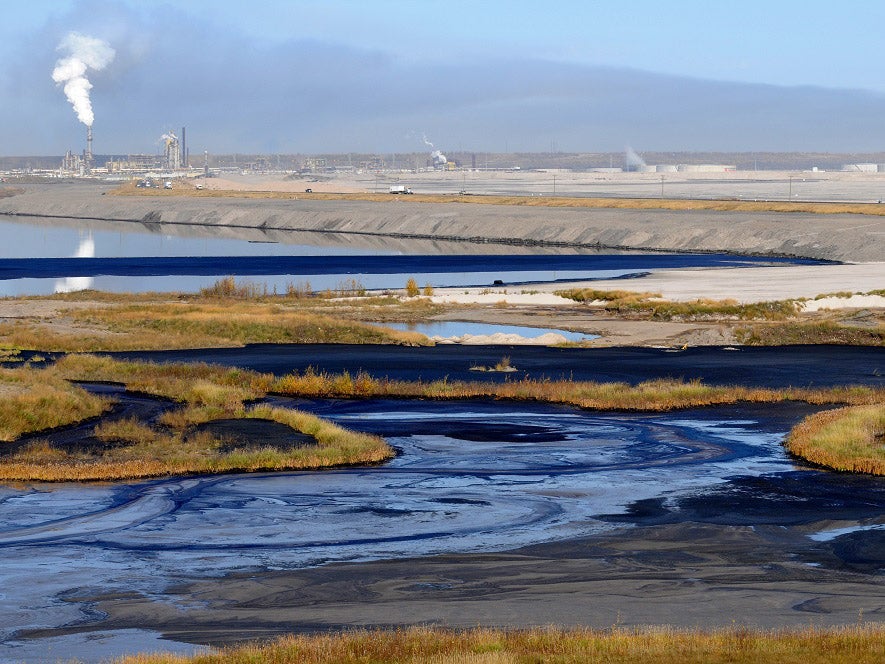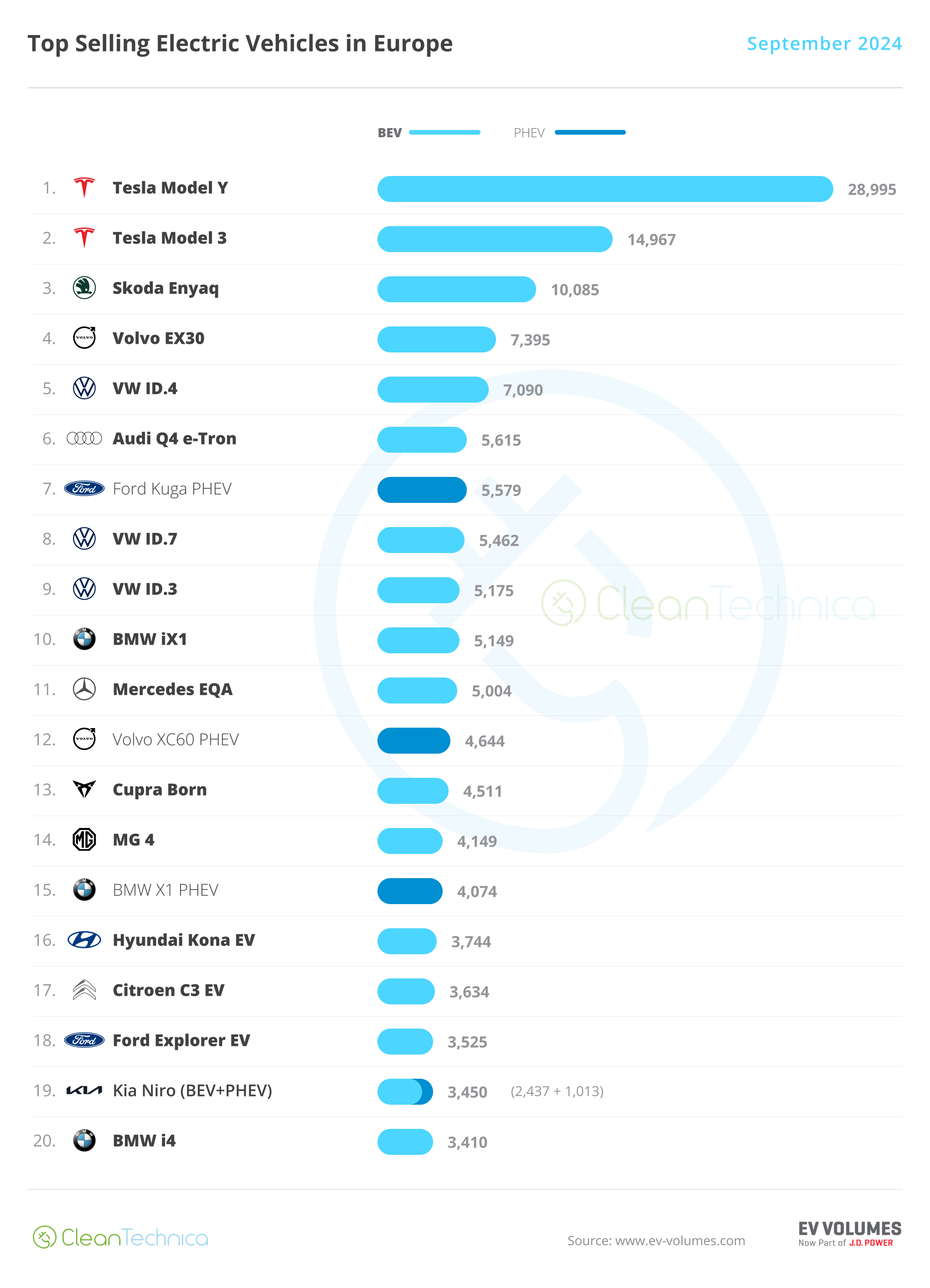Sign up for daily news updates from CleanTechnica on email. Or follow us on Google News!
… While Reducing Climate Change and Air Pollution
The Inflation Reduction Act, or IRA, extended and expanded tax credits that help households invest in residential clean energy such as solar panels, as well as home energy efficiency. New data from the Internal Revenue Service show that more than 3.4 million American families have already claimed more than $8 billion in residential clean energy and home energy efficiency credits against their 2023 federal income taxes, the first year that the IRA’s full adjustments to the value and scope of these tax credits were in effect. This blog presents statistics on residential energy tax credit claims for tax year 2023. Investments in clean energy and energy efficiency benefit households by lowering and stabilizing their monthly utility bills, and all Americans by mitigating climate change and air pollution.
New Data on Household Energy Tax Credit Claims
Table 1 summarizes the new data on the residential clean energy and energy efficient home improvement tax credits for tax year 2023 tax returns filed and processed through May 23, 2024.[1] More than 1.2 million American families have claimed over $6 billion in credits for residential clean energy investments – such as solar electricity generation, solar water heating, and battery storage, among other technologies – averaging $5 thousand per family. 2.3 million families have claimed more than $2 billion in credits for energy efficient home improvements – such as heat pumps, efficient air conditioners, insulation, windows, and doors – averaging $880 per family.
These numbers are expected to grow as more income tax returns are filed and processed, including returns filed by taxpayers who requested an extension.[2] But even these initial counts are significantly higher than in 2021, the last tax year before IRA was enacted. The number of families benefiting from these credits has increased almost one third and the aggregate value of the credits has increased by almost two thirds.[3]
Solar electricity investments accounted for the largest number of residential clean energy credit claims. In total, more than 750,000 families reporting a total of more than $20.5 billion in qualified solar electric property costs in 2023. Families also reported investments in solar water heating, small wind turbines, geothermal heat pumps, batteries, and fuel cells. For reported investments in energy efficient home improvements, more than 250,000 families claimed investments in electric or natural gas heat pumps, more than 100,000 families claimed investments in heat pump water heaters, and almost 700,000 families claimed investments in insulation and air sealing.[4]
Families in all 50 states, the District of Columbia, and Puerto Rico claimed these credits. Nearly half of the families who claimed one or both credits had incomes in 2023 of less than $100,000.
Table 1: Residential energy tax credits claimed for tax year 2023
a Rounded to the nearest ten. Preliminary numbers reflecting Tax Year 2023 returns filed and processed through May 23, 2024. Because of limits on the use of the credits such as those described in notes b and c, families may not report all qualifying investments or the full cost of those investments.
b Credit value is limited by a family’s tax liability and other credits claimed. If a family cannot use all of the Residential Clean Energy Credit because of the tax liability limit, they can carry the unused portion of the credit forward to the next year. They cannot do so for the Energy Efficient Home Improvement Credit.
c Energy efficiency tax credits other than those for heat pumps and for biomass stoves and boilers are subject to an aggregate annual cap of $1,200.5
Source: IRS, Research, Applied Analytics, and Statistics Division.
Clean Energy and Energy Efficiency Benefit American Households
The households that have taken advantage of these credits will benefit by saving money on their monthly utility bills. One major example is the savings from installing solar panels. The savings from solar vary from locality to locality, but recent research quantifying the savings in 2021 for about 500,000 households across the U.S. that have adopted residential solar finds that the median adopting customer saw total electricity bill savings of $2,230 annually.[5], [6]
Even more Americans have taken advantage of the energy efficiency upgrades such as insulation, windows, doors, and heat pumps. Heat pumps can provide both heating and cooling – potentially replacing both a fossil-fuel-powered furnace and a dedicated air conditioner. Figure 1 shows the range of typical expected utility bill savings for installing a heat pump and improving insulation and windows based on recent research.[7] The bars in the graph show the range between the 25th and 75th percentile of annual bill savings for households with different heating types. Variation in savings results from differences in local energy prices, local climate, and home sizes. For households that primarily heat with fuel oil or propane (each about 4 percent of U.S. households), bill savings are quite large – from about $1,000 to $3,100 per year.[8] For households that are using electric, non-heat pump heating (21 percent of households) the projected savings are about $300 to $1,200 per year. For households with gas heating (54 percent), the range is narrower, about $30 to $600 per year.
Figure 1: Most households save on their utility bills by switching from another heat source to an electric heat pump.
Note: Figure shows after-purchase annual utility bill savings for switching from various fuel sources (shown on the vertical axis) to an efficient heat pump and improving the building envelope (insulation, windows, and doors). The estimates are only for homes with air conditioning and do not include the upfront cost of the heat pump or envelope improvements. Figure data sourced from the Department of Energy. Original figure reports prices for winter 2021-2022, so values are inflated from January 2022 to June 2024 using Consumer Price Index for All Urban Consumers.
These investments yield benefits beyond the immediate bill savings. Reducing energy consumption and shifting to clean energy also shield households from the volatility of gas, propane, and fuel oil prices. In the last three winters, the inflation-adjusted monthly average for U.S. residential natural gas prices ranged from $11.80 to $16.15 per thousand cubic feet, residential heating oil prices ranged from $3.75 per gallon to over $5.40, and propane ranged from $2.45 and $3.20 per gallon.[9] Rooftop solar and home battery storage systems keep homes electrified during local power outages and can increase home values. Further, switching from fossil fuels to electricity leads to greater U.S. macroeconomic stability. Indeed, a previous Treasury blog post described how international energy price fluctuations can cause or exacerbate recessions.[10] Finally, energy efficient homes can be more comfortable, allowing residents to spend more time near their desired temperature.
Energy Efficiency Mitigates Climate Change and Improves Air Quality
Energy efficiency and clean energy investments combat climate change and clean the air Americans breathe. The extent of benefits depend on what fuel the efficient appliance is reducing or replacing, where the household is located, and how much heating and cooling they use. The same study mentioned above estimates that deploying heat pumps for every household would result in emission reductions equivalent to 330-590 million tons of CO2 per year, or 5-9 percent of current national emissions. According to the EPA, reducing CO2 emissions by one ton has a social benefit of $255 in impacts on health, property damage, labor productivity, energy costs, and agriculture so this would translate to a social benefit of $84 billion to $150 billion per year.[11]
There are also air pollution benefits to burning less fuel or having the combustion farther from where people live and breathe (e.g., at power plants for electrified appliances rather than natural gas or propane in the home). Cleaner air is linked to a variety of health benefits, including reducing the likelihood of premature mortality as well as stroke, heart disease, lung cancer, dementia, and respiratory diseases like asthma.[12] It can even reduce the number of car accidents.[13] Reducing air pollution also comes with economic benefits, such as improved worker attendance and productivity,[14] and improved test scores in educational settings.[15]
[1] The estimates are based on tax returns as initially processed by IRS and do not reflect amended returns or errors that were corrected after initial processing. Future estimates will be updated. See IRS tables for additional caveats.
[2] Taxpayers may request a six-month extension to file their 2023 taxes, which extends the filing deadline to October 15, 2024. Between late May and late November of 2023, the total number of families claiming these credits for the 2022 tax year grew by more than 10 percent (Filing Season Statistics | Internal Revenue Service (irs.gov)).
[3] Based on comparison with population data for 2021 in SOI tax stats – Historic Table 2 | Internal Revenue Service (irs.gov).
[4] To qualify for the credit, these kind of investments must meet certain criteria. More details are available in the IRS Form 5695’s instructions at https://www.irs.gov/forms-pubs/about-form-5695.
[5] Forrester, Sydney P., Cristina Crespo Montañés, Eric O’Shaughnessy, and Galen Barbose. “Modeling the potential effects of rooftop solar on household energy burden in the United States.” Nature Communications 15, no. 1 (2024): 4676.
[6] Adjusted from 2021 to 2024 USD using CPI. The study also estimates net savings, including off-bill financial impacts. We do not focus on these results, as the IRA credits significantly alter the off-bill financial picture.
[7] Wilson, Eric JH, Prateek Munankarmi, Brennan D. Less, Janet L. Reyna, and Stacey Rothgeb. “Heat pumps for all? Distributions of the costs and benefits of residential air-source heat pumps in the United States.” Joule 8, no. 4 (2024): 1000-1035. In that paper, and this blog, the focus is on air-source electric heat pumps. The tax credits are broader, also including geothermal heat pumps and gas-powered heat pumps.
[8] Percentages are calculated based on information from the Energy Information Administration Residential Energy Consumption Survey (RECS). Since heat pumps provide both heating and cooling, the percentage calculations and analysis in Figure 1 only include households that already have air conditioning in order to measure bill savings while holding the heating and cooling services that a household enjoys constant. About 10% of all U.S. housing units did not have any form of air conditioning according to the 2020 RECS table HC 7.1.
[9] Treasury staff calculations using data from the U.S. Energy Information Administration for residential natural gas, fuel oil, and propane. Following EIA, winter is defined as November through March. Inflation adjustment using CPI to winter 2023-2024 level.
[10] Kilian, Lutz. 2008. “The Economic Effects of Energy Price Shocks” Journal of Economic Literature 46(4):871-909.
[11] EPA’s “Report on the Social Cost of Greenhouse Gases: Estimates Incorporating Recent Scientific Advances” Table A.5. Using emissions year 2024, 2.0 percent near-term discount rate, and converting from 2020 USD to 2024 USD using CPI-U.
[12] World Health Organization. 2022. “Ambient (outdoor) air pollution” https://www.who.int/news-room/fact-sheets/detail/ambient-(outdoor)-air-quality-and-health; Bishop, Kelly C., Jonathan D. Ketcham, and Nicolai V. Kuminoff. “Hazed and confused: the effect of air pollution on dementia.” Review of Economic Studies 90, no. 5 (2023): 2188-2214; Dedoussi, Irene C., Sebastian D. Eastham, Erwan Monier, and Steven RH Barrett. “Premature mortality related to United States cross-state air pollution.” Nature 578, no. 7794 (2020): 261-265.
[13] Sager, Lutz. 2019. “Estimating the effect of air pollution on road safety using atmospheric temperature inversions.” Journal of Environmental Economics and Management 98: 102-250.
[14] Chang, Tom, Joshua Graff Zivin, Tal Gross, and Matthew Neidell. 2016. “Particulate Pollution and the Productivity of Pear Packers.” American Economic Journal: Economic Policy 8 (3): 141-169.; He, Jiaxiu, Haoming Liu, and Alberto Salvo. 2019. “Severe Air Pollution and Labor Productivity: Evidence from Industrial Towns in China.” American Economic Journal: Applied Economics 11 (1): 173-201.; Aragón, Fernando, Juan Jose Miranda, and Paulina Oliva. “Particulate matter and labor supply: The role of caregiving and non-linearities.” Journal of Environmental Economics and Management 86 (2017): 295-309; Holub, Felix, Laura Hospido, Ulrich J. Wagner. 2021. “Urban air pollution and sick leaves: evidence from social security data.” Working paper. Social Science Research Network, August 21, 2021.
[15] Zhang, Xin, Xi Chen, and Xiaobo Zhang. “The impact of exposure to air pollution on cognitive performance.” Proceedings of the National Academy of Sciences, 115, no. 37 (2018): 9193-9197.; Roth, Sefi J. 2018. “The effect of indoor air pollution on cognitive performance: Evidence from the UK.” Working paper. Accessed August 11, 2023. https://personal.lse.ac.uk/roths/JMP.pdf
Article from U.S. Department of Treasury.
Laura Feiveson, Deputy Assistant Secretary for Microeconomic Policy
Matthew Ashenfarb, Research Economist, Office of Climate & Energy Economics
Have a tip for CleanTechnica? Want to advertise? Want to suggest a guest for our CleanTech Talk podcast? Contact us here.
Latest CleanTechnica.TV Videos
CleanTechnica uses affiliate links. See our policy here.
CleanTechnica’s Comment Policy







